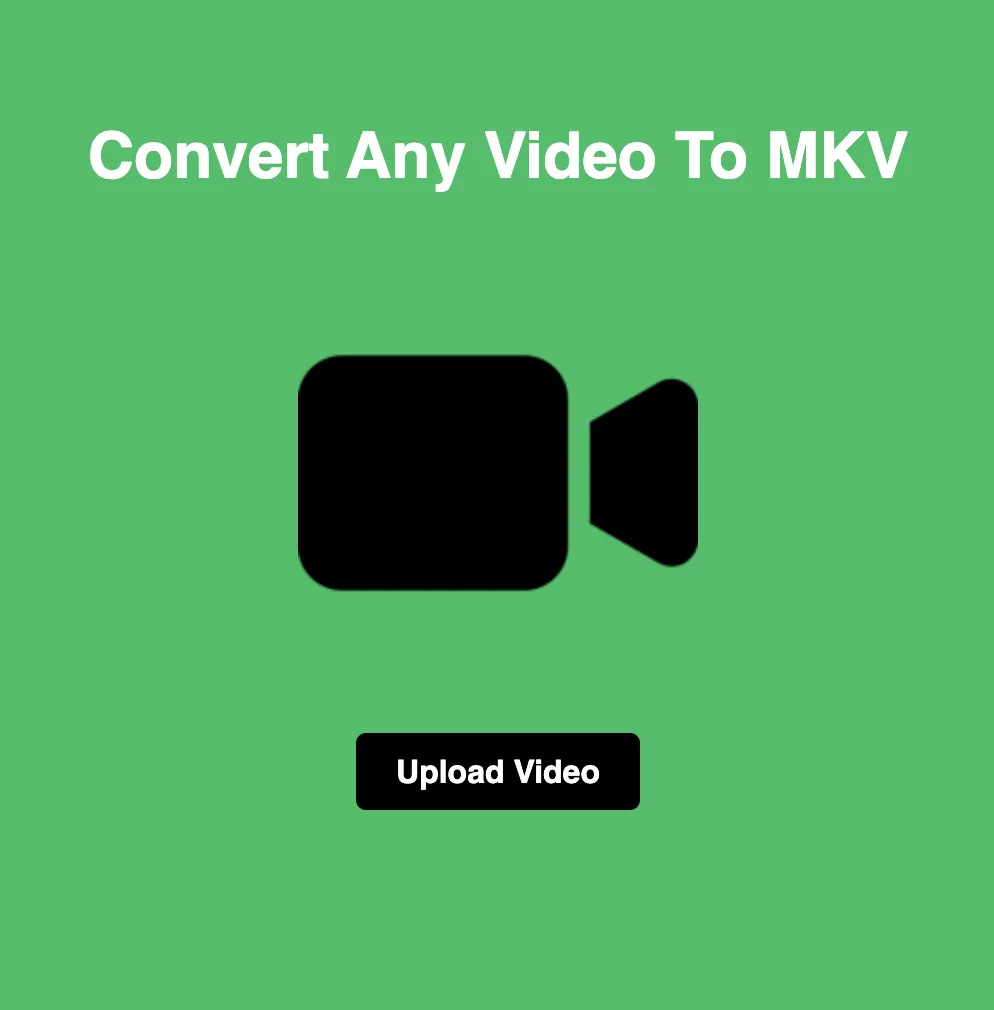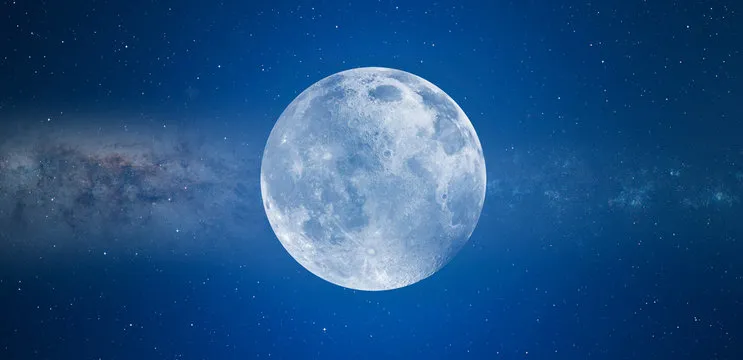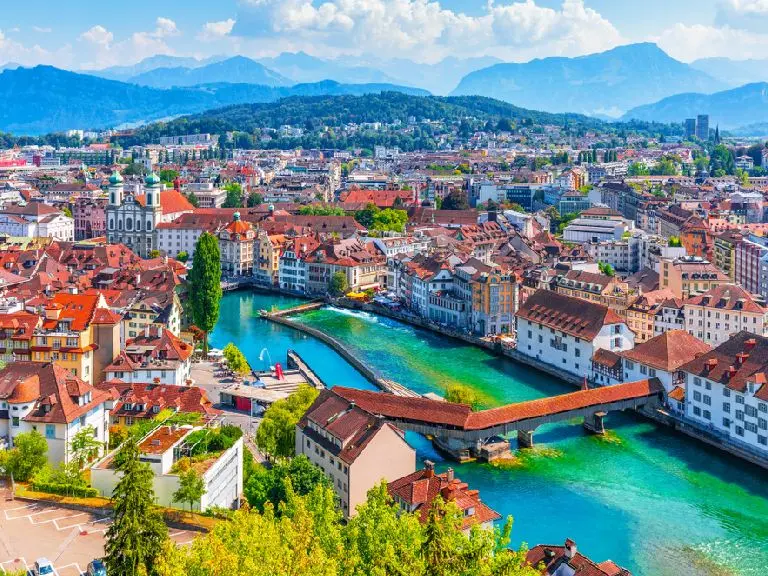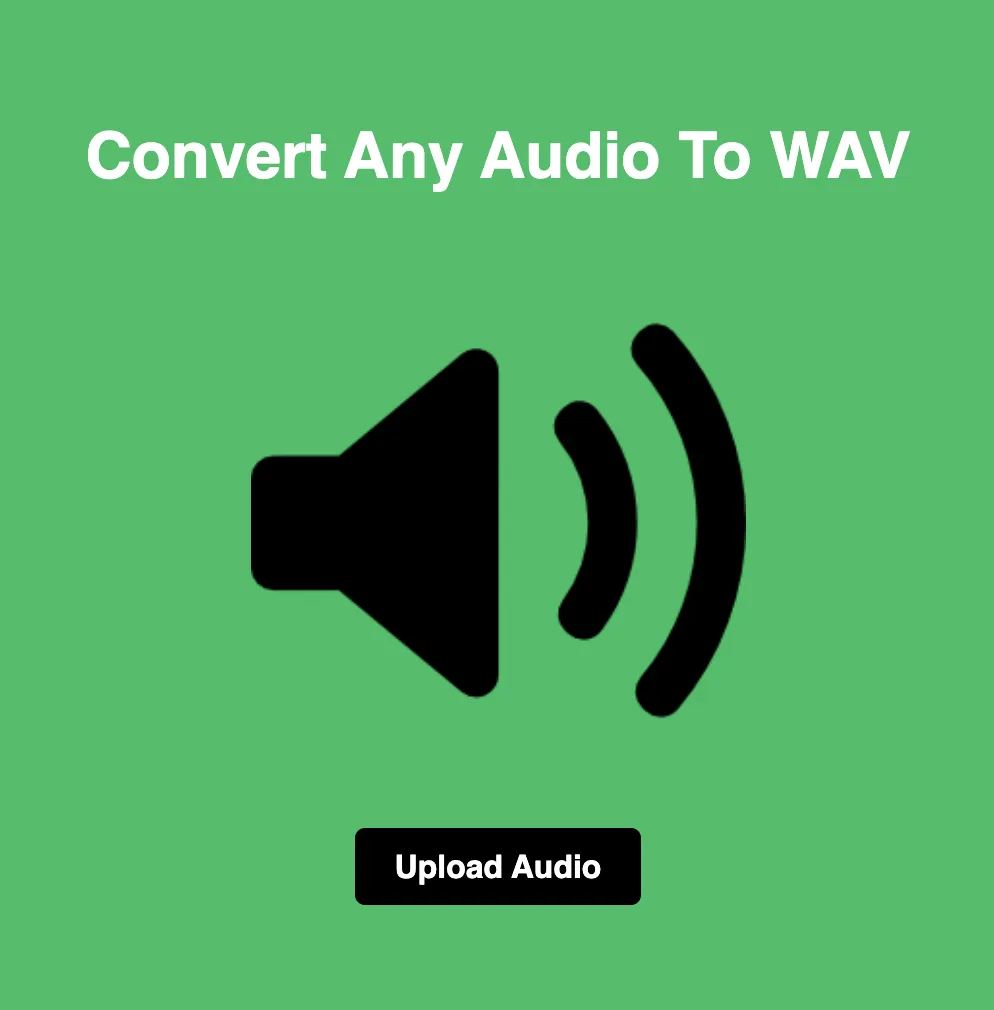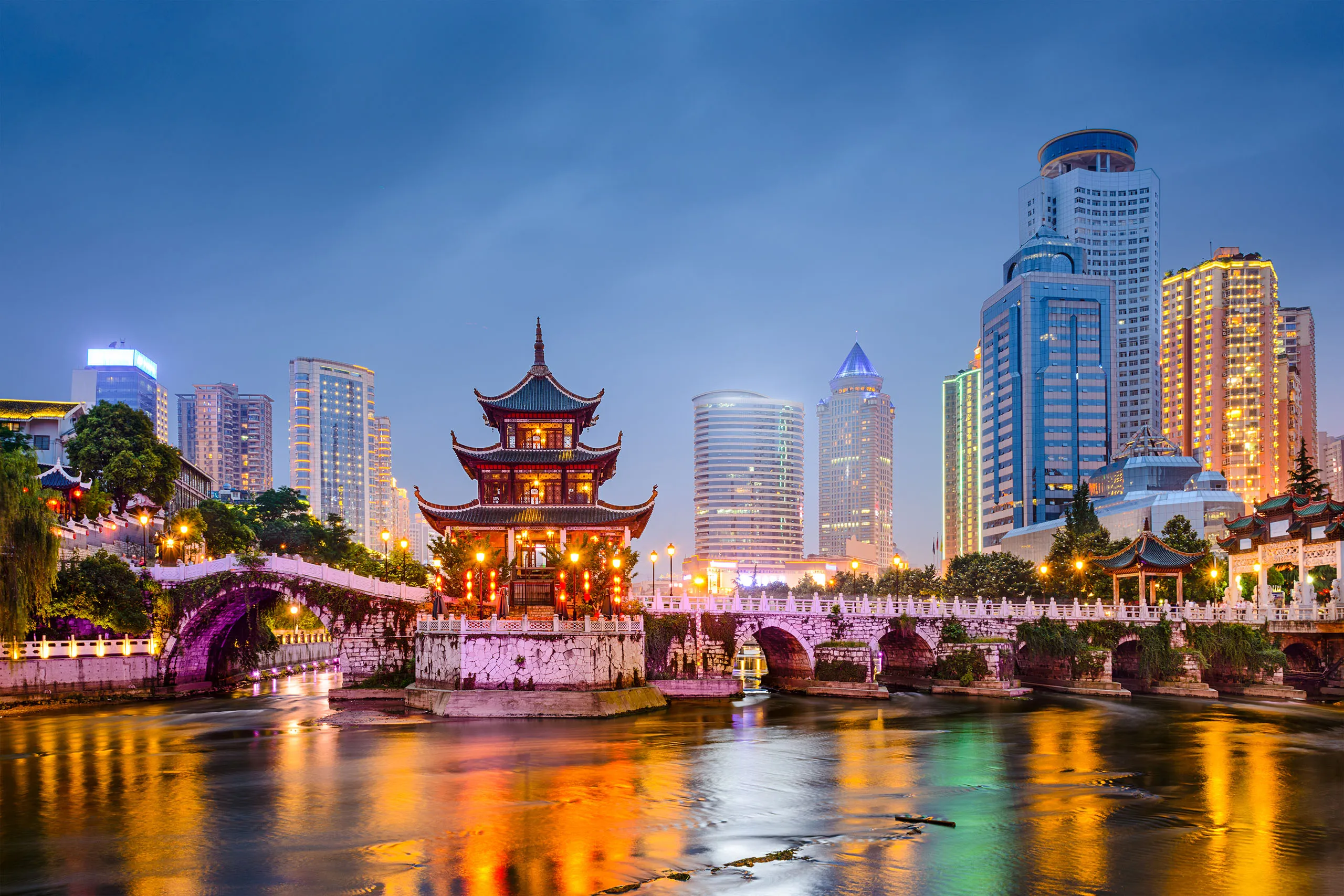
WEBP vs GIF: Choosing the Right Image Format
Two widely used formats for images and animations are WEBP and GIF. In this blog, we'll compare WEBP and GIF, highlighting their differences, use cases, and which scenarios each format is best suited for.
Understanding WEBP:
WEBP is a modern image format developed by Google, aimed at providing efficient compression while maintaining high image quality. It supports both lossy and lossless compression methods, making it versatile for various applications. WEBP is particularly well-known for its ability to produce smaller file sizes compared to formats like JPEG and PNG, without sacrificing image fidelity. It also supports features like transparency and animation, making it suitable for a wide range of use cases.
Exploring GIF:
GIF, short for Graphics Interchange Format, is a bitmap image format that supports both static and animated images. It has been around since the late 1980s and gained popularity for its support of simple animations and widespread browser compatibility. GIF images are limited to 256 colors and have relatively large file sizes compared to modern formats like WEBP. Despite these limitations, GIF remains popular for its simplicity and ease of use in creating short animations, memes, and simple graphics.
Use Cases and Differences:
Animation:
WEBP: WEBP supports both static and animated images, making it a versatile choice for animations on the web. Its efficient compression algorithms allow for smaller file sizes compared to GIF, resulting in faster loading times and smoother animations.
GIF: GIF is well-known for its support of animated images and has been widely used for creating short, looping animations known as GIFs. While GIF animations are limited in color depth and file size, they remain popular for sharing memes, reaction images, and simple animations on social media platforms and messaging apps.
Color Depth and Transparency:
WEBP: WEBP supports both lossy and lossless compression, allowing for high-quality images with a wide range of colors and transparency levels. It offers better color fidelity and transparency compared to GIF, making it suitable for images with complex gradients and transparency effects.
GIF: GIF images are limited to 256 colors and support a single transparent color. This limitation can result in color banding and loss of image quality, especially for images with gradients or transparency effects. While GIFs can include transparency, they do not support partial transparency or alpha channels like WEBP.
File Size and Compression:
WEBP: One of the key advantages of WEBP is its efficient compression, which results in smaller file sizes compared to formats like GIF and JPEG. This makes WEBP ideal for web graphics, digital photography, and mobile applications where reducing file size and loading times is important.
GIF: GIF images can have relatively large file sizes, especially for animated GIFs with many frames or complex animations. While GIF supports lossless compression, its limited color palette and lack of advanced compression techniques result in larger file sizes compared to modern formats like WEBP.
Conclusion:
In conclusion, both WEBP and GIF have their strengths and weaknesses, making them suitable for different use cases. WEBP excels in compression efficiency, color depth, and support for animation, making it ideal for web graphics, digital photography, and mobile applications. GIF, on the other hand, is well-suited for creating simple animations, memes, and graphics with limited colors and transparency. By understanding the differences between WEBP and GIF and their respective strengths, content creators can choose the right image format for their specific needs and requirements.

